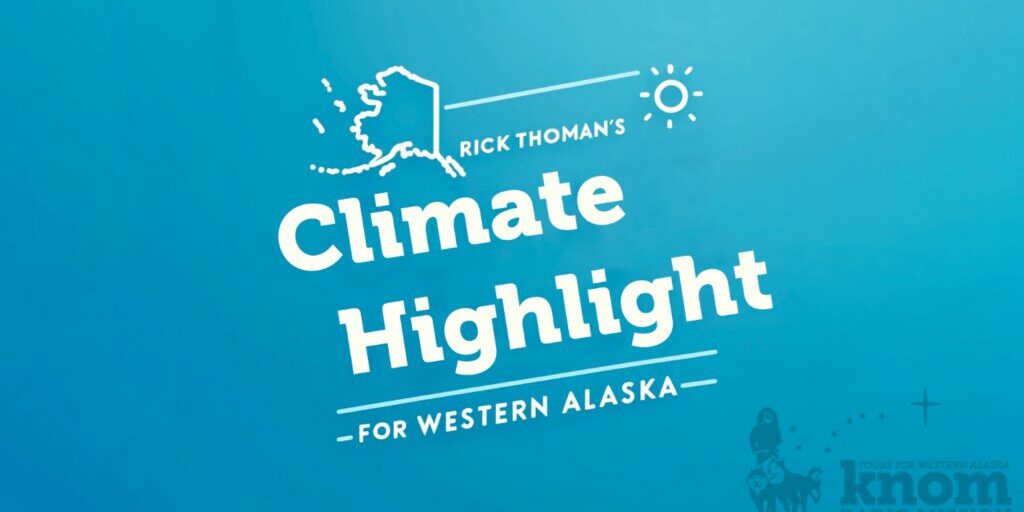It's been an incredibly stormy month across the eastern Bering Sea. While a storm or two is not uncommon in August, giving us a reminder that the stormy time of year is just around the corner, this August there have been nine separate storms that have impacted some part of the region.
Some of these have been mostly rain producers. Others have brought strong winds and elevated seas.
It's significant that both Nome and Bethel, the only airports in western and southwest Alaska that have decades of hourly wind data, both communities have set records for strong winds this month, though, from different storms.
Ex-typhoon Amphil did not produce widespread coastal flooding, but it was a serious wind maker.
At Nome airport the average wind speed on August 21 of 28.3 miles an hour is the highest on record for any day in the summer in at least 50 years. The highest sustained wind speed that day, 43 miles an hour, looks like it's the highest in summer since at least the 1950s.
Unsurprisingly, the question folks are asking, 'does this portend a stormy autumn for Nome and western Alaska?' And the answer is, we just don't know.
Fairly stable weather pattern that's driven storm after storm into the region, that weather pattern could change dramatically, and we could wind up with a very unstormy fall.
More likely, we'll see a change in the weather pattern, we'll be out of the stormy pattern for a while, then it will return.
But the bottom line is, we can't forecast a stormy fall based on the fact we've had a very stormy August.






